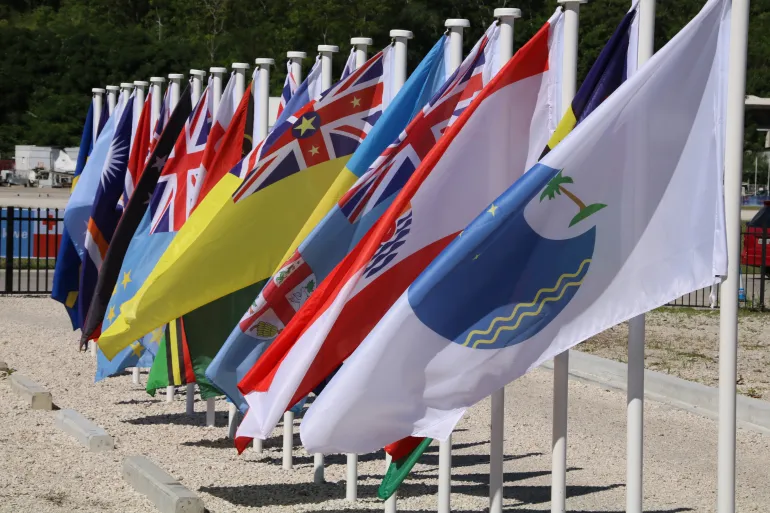Pacific Islands Urge Climate Finance, Innovation Shift
Pacific leaders push a new economic model built on climate resilience, ocean innovation, and green financing to offset exposure to disasters and narrow export bases. They call for diversified revenue, tech partnerships, and coordinated adaptation investment across island economies.

Pacific island nations are redefining their growth model, urging climate-resilient investment and innovation-driven development as the backbone of the next decade. At a summit echoing post-pandemic realities, governments from Fiji to Kiribati positioned green finance, ocean resource innovation, and renewable energy as core to sustaining fiscal and social stability. The tone is pragmatic: climate adaptation is not aid—it is survival economics.
The urgency stems from exposure asymmetry. Rising sea levels, coral bleaching, and extreme weather events erase capital faster than traditional growth engines can replace it. For small island economies, GDP volatility is directly tied to storm cycles, leaving limited fiscal space for reconstruction. Consequently, the emerging doctrine links environmental spending to sovereign credit quality, arguing that “resilience capital” should be treated as productive investment, not expenditure.
Financially, Pacific leaders are pivoting toward blue bonds, blended finance, and regional climate funds. These instruments attract concessional and private investment into renewables, coastal defences, and sustainable tourism infrastructure. Fiji’s finance ministry has piloted securitised reef-restoration projects, while Samoa is drafting a sovereign blue-finance framework. The common thread is to convert ecological risk into investable credit profiles.
For external partners—Australia, Japan, and China—the shift demands more alignment than dominance. Grants and loans must coordinate around measurable outcomes: restored ecosystems, reduced import dependence, and higher domestic energy capacity. Donors also face accountability pressure from local parliaments that increasingly measure impact rather than pledges. In global markets, the Pacific’s new stance signals that climate finance is no longer peripheral diplomacy—it is the region’s macroeconomic core.
The forward test lies in delivery. Regional institutions are creating data platforms to measure resilience ROI, and development banks are exploring credit guarantees linked to verified climate outcomes. The challenge remains execution bandwidth—translating plans into shovel-ready projects before the next cyclone season resets progress.
The Pacific’s pivot is not rhetorical. It is a survival recalibration: from aid dependence to capital mobilisation, from vulnerability to verified resilience. If executed, this could mark the region’s first step toward climate-proof economic sovereignty.





